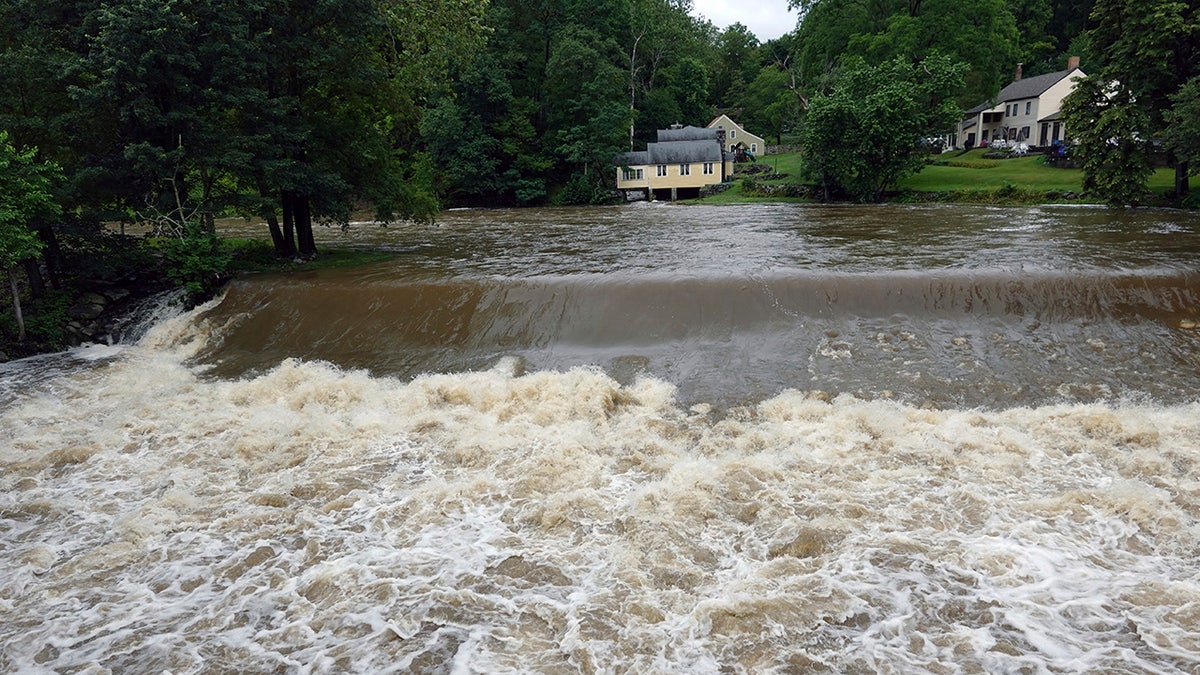New York Governor Kathy Hochul has declared the recent spate of severe weather, from flooding in the Hudson Valley to hazardous air quality from Canadian wildfires, as the "new normal," attributing these events to the escalating effects of climate change.
In a series of tweets and a press conference in Highland Falls, Hochul emphasized the unprecedented nature of these events, citing record snowfall nine months prior, the recent air quality crisis due to Canadian wildfire smoke, and the current devastating floods impacting the Northeast. She stressed that these occurrences are no longer anomalies but indicative of a changing climate.

Hochul described the Hudson Valley flooding as an "extraordinary weather event" that has ravaged communities, pointing to the over eight inches of rainfall in a 24-hour period in some areas. She highlighted the severity of the situation, noting that the National Weather Service issued a rare flash flood emergency, a measure only previously taken during Hurricane Ida. The governor underscored the strain on first responders who are increasingly managing these frequent and intense weather events.

Hochul announced a state of emergency for Orange and Ontario Counties and reported ongoing road closures across multiple counties as the Department of Transportation undertakes repairs. Parts of the Metro-North Hudson and Harlem lines were also temporarily suspended. She urged residents, particularly those in the Lake Champlain region, to remain vigilant and prepared for potential flash flooding.

The governor confirmed contact with the White House, FEMA, and New York senators to request federal assistance for infrastructure repairs. She also mentioned the involvement of the U.S. Army Corps of Engineers in assessing and addressing damage at West Point. Over 1,000 emergency workers were deployed statewide, and New York State Police conducted numerous rescues and evacuations.

Hochul's statements emphasize the urgency of addressing climate change, positioning New York as experiencing its direct impacts and highlighting the need for proactive measures to mitigate future risks.
Comments(0)
Top Comments